Selected Keeper's Log Articles
You can access a selection of articles from past issues of The Keeper's Log magazine here. Simply select from the sections below.
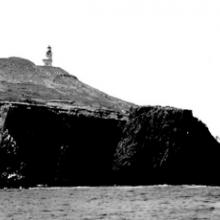
The Anacapa Light Station, off southern California, was one of the last classical light stations constructed on the west coast. In 1854, members of the U. S. Coast Survey visited the island and reported that it was an ideal, but impossible site, on which to construct a light station, “It is inconceivable for a lighthouse to be constructed on this mass of volcanic rock ... perpendicular on every face, with an ascent inaccessible by any natural means ...”
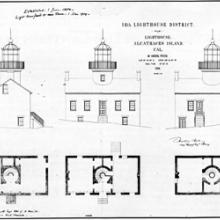
GOLD! was the cry shouted at Sutter's Mill in 1849 and hundreds of sailing ships were pressed into service to transport the 49'ers from the east coast to California. Many, far too many, of those ships came to grief on the rocks of the dark and fog shrouded coast. The U.S. Lighthouse Service successfully petitioned Congress to construct lighthouses along the west coast. When the contract was awarded it called for seven lighthouses to be built including Alcatraz.
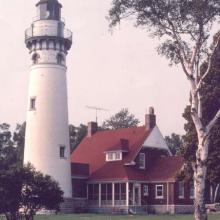
Almost four hundred years ago, French fur traders frequently traveled in canoes across the waters of the Great Lakes. On one occasion, a group of French sailors were caught in a storm at the north end of Lake Michigan and sought shelter. They landed on the rocky shore of a small bay on the southern shore of Michigan’s Upper Peninsula. Here they waited out the storm in the protected bay and when they departed they named the bay or harbor – Seul Choix – which translates as “only choice.”
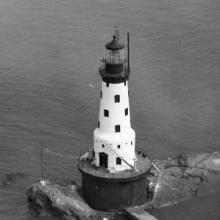
Rock of Ages is the geographical name of a rock ridge jutting up from the floor of Lake Superior five miles from the southern extremity of Isle Royale. On this rock the lighthouse was built and from it, took its name. This lighthouse serves both as protection and a guide to shipping to and from north shore ports.
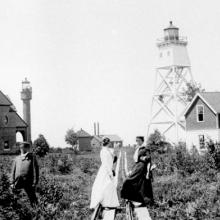
Devils Island is the northernmost island on the western extremity of the Apostle Group With the opening of the first lock at Sault Ste. Marie in 1855, maritime traffic along Lake Superior’s south shore increased dramatically. The importance placed on this new station was evidenced by the fact that the plans called for it be outfitted with a flashing Third Order lens, an order of lens reserved for only the most critical aids to navigation on the Great Lakes.
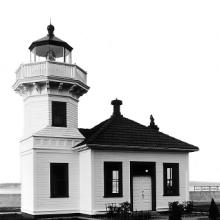
Transcript of a talk given by Edward Aubry Brooks to a First Baptist Church men's class about 1940, in the Everett, Washington area. About his life work, almost 40 years, as a Lighthouse Keeper. First stationed at Cape Mears Lighthouse, Oregon; then transferred to Turn Point Lighthouse, then to Point-No-Point Light Station and then to New Dungeness Lighthoues. He spent his last 12 years at Mukilteo Light Station before retiring.
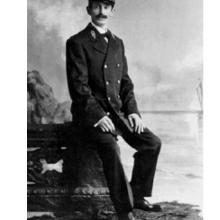
The Lighthouse Board stated in 1883, “It is believed that uniforming the personnel of the service, some 1,600 in number, will aid in maintaining its discipline, increase its efficiency, raise its tone, and add to the esprit de corps.”
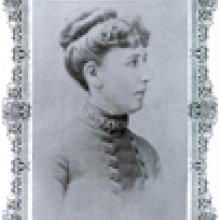
Emily Fish and her niece Juliet, from all evidence in and their backgrounds, were unlikely candidates to join the ranks of, the women who tended the lights. Having the advantage of education and social position, why did they become involved in work so lonely and foreign to their backgrounds?
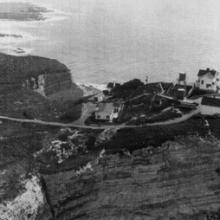
It was plain to see the years were heavy upon him. More and more often he rested in the big reclining chair before television. Always watching it - well, not really. Many times a wistful expression crossed his face, but with eyes closing, this disappeared and a look of pure enjoyment took over. One could see that although present in body, his mind and vision were far away. Where did he go? "Tell me about it," I asked, and he did. This story - my hubsand's story, and these are the words that took me back to share his boyhood - to a time I had not known and a place I had never been.